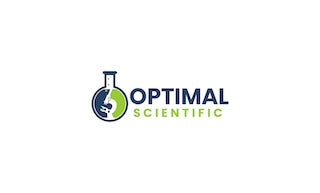Artificial intelligence (AI) is being used in pathology to improve the accuracy and efficiency of disease diagnosis, treatment selection, and disease monitoring. Here are some of the ways that AI is being used in pathology:
-
Image analysis: AI algorithms can analyze digital images of tissue samples to identify and classify abnormal cells or structures. This technology can assist pathologists in identifying potential cancerous or pre-cancerous lesions, reducing the risk of misdiagnosis and ensuring timely treatment.
-
Diagnosis assistance: AI algorithms can assist pathologists in diagnosing complex or rare diseases by providing additional information or analysis of patient data. This technology can help to reduce diagnostic errors and improve patient outcomes.
-
Treatment selection: AI algorithms can analyze patient data, including genetic and molecular information, to assist in the selection of targeted treatments. This technology can help to identify personalized treatment options that may be more effective and less toxic than traditional treatments.
-
Disease monitoring: AI algorithms can analyze patient data over time to monitor disease progression and response to treatment. This technology can help to identify early signs of disease progression or treatment failure, enabling timely adjustments to treatment plans.
-
Research: AI algorithms can analyze large amounts of data from various sources, including patient records and clinical trials, to identify patterns and insights that can inform new treatments or diagnostic methods.
Overall, AI has the potential to revolutionize the field of pathology by improving diagnostic accuracy and efficiency, reducing costs, and enhancing patient outcomes. However, it is important to note that AI algorithms are not intended to replace pathologists, but rather to assist them in their work and improve the quality of patient care.

